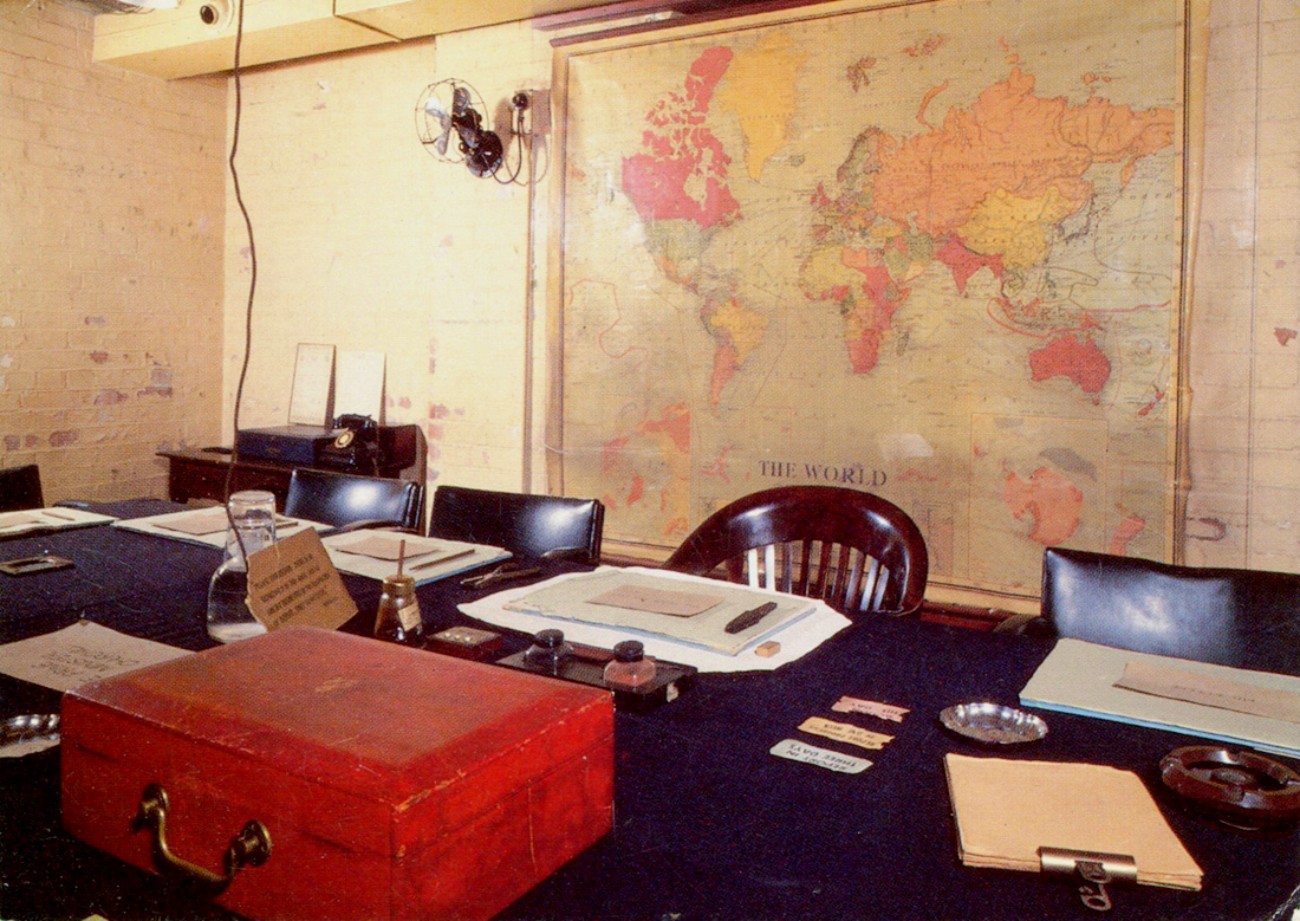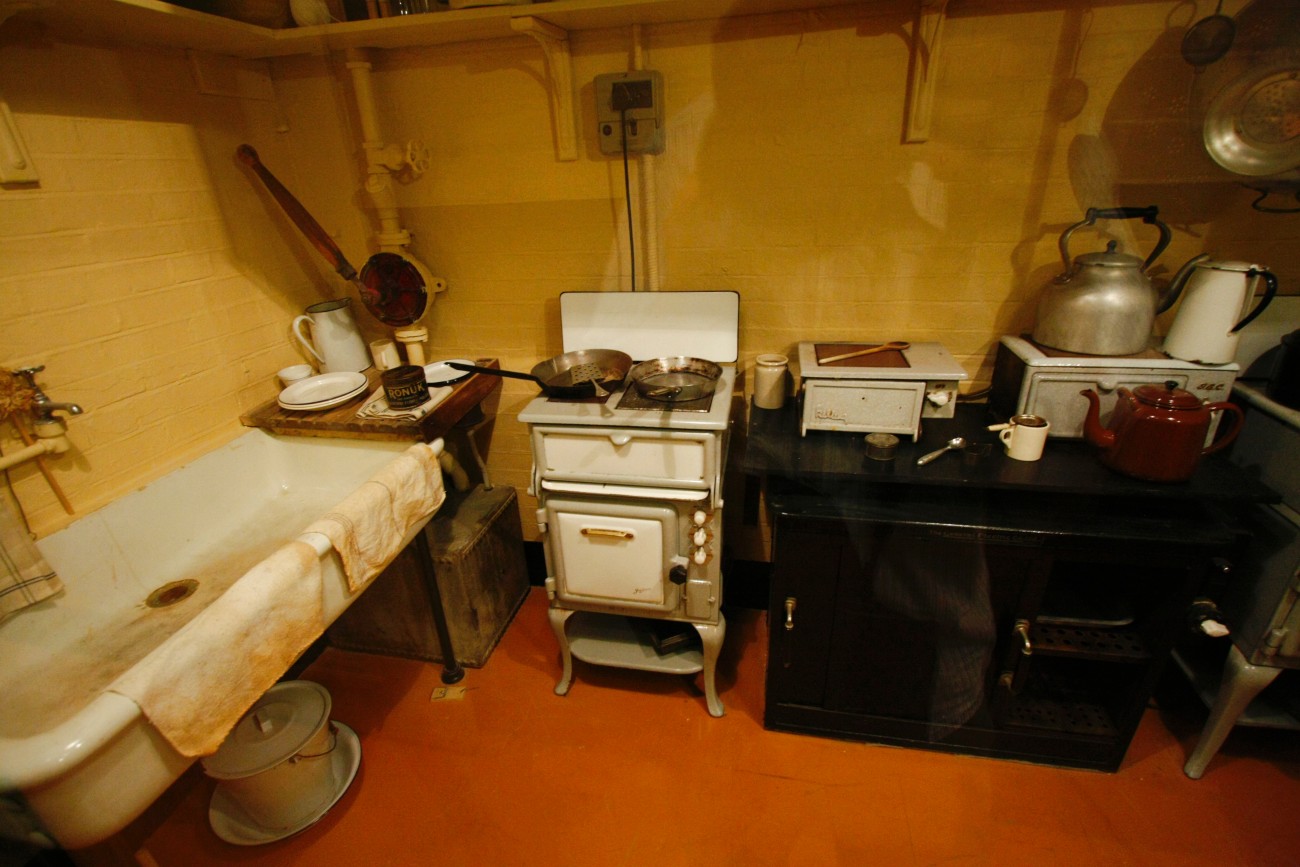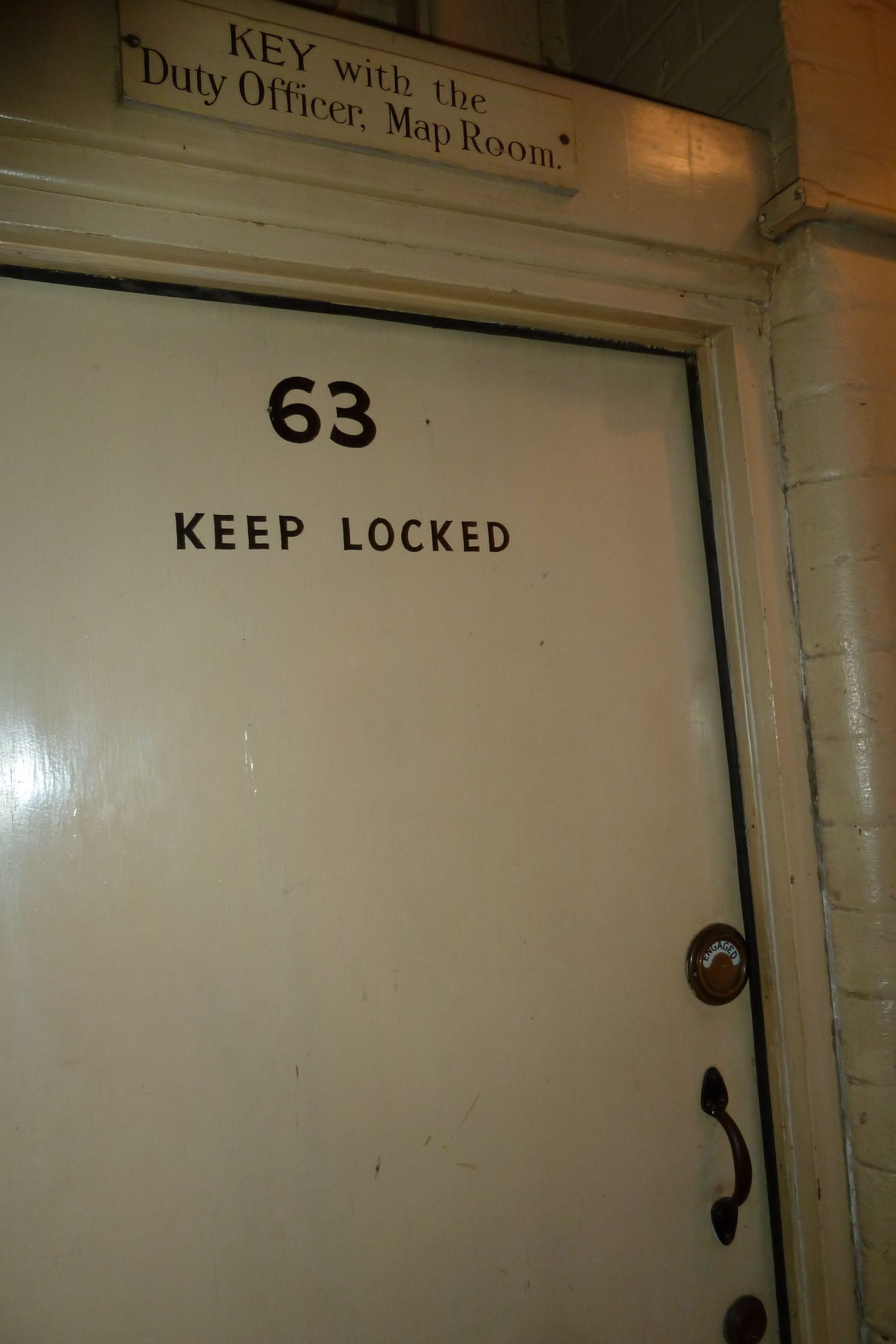Tour Winston Churchill’s WWII Bunker in London
This place had everything…except plumbing.
By the time that World War II was in full swing Winston Churchill had already been an MP (member of Parliament) on and off since 1900, had been the Chancellor of the Exchequer, and had lived through the First World War as well as traveled the world and served in the military. So when a bomb shelter was created for him, his family, and his staff just around the corner from 10 Downing Street, he didn’t use it much at the beginning of WWII as he thought it was overkill.

That all changed when The Blitz happened. A rain of bombs from German planes destroyed much of the city of London from September 1940 until May 1941, a time when the so-called Blitzkrieg (or Lightning War) was intended to quickly quell any English resistance to German aggression. At first many of the attacks took place during the day, but in late 1940 the German Luftwaffe changed tactics and began increasing bombing at night so as to wear the English down even more. This made light-proof coverings for windows a requirement and made underground shelters a common overnight “home away from home” for Londoners.
In a very thorough tour given to YouTuber Kirsten Dirksen we get to find out many of the little details that went into building and maintaining a top secret site such as this one.
Churchill got on board with the bomb shelter only after Downing Street itself was bombed and after that he used the bunker often. The underground facilities had a modest dining room, a room for Mrs. Churchill, and a war cabinet room for hammering out the complex details of combat and strategy.

The cabinet room was equipped with a red and green light inside so that people in the room could tell if there was still currently an air raid happening and many government workers used the bunker even when there was no air raid. None of the women in the bunker were allowed into the cabinet room, even those who worked for Churchill. Likewise women were not allowed in the map room, a place where the daily shipment convoys, casualties, and a flood of other information was relayed to staff members.

There were rooms for his detectives, his typists, his body guard, and his advisors all had rooms in the bunker. Corridors lined with signs clearly showed where everything was and there was a place for the weather above ground to be indicated by changing a little sign- just so those exiting the bunker wouldn’t be surprised when they came back above ground.
The kitchen area was very humble for a prime minister, but space was tight. In the kitchen several small stoves and a sink were crammed into a tiny space. The prime minister famously loved rich meals with many courses, even in war time.

Churchill’s bedroom was a combination sleeping area and office, with his bed situated perpendicular to his desk. Huge maps of Europe lined the walls with curtains on either side so they could quickly be covered if someone without clearance came into the room. He even gave four radio addresses to the nation while in this space. Churchill did not, however, like to sleep in his bunker bedroom- preferring instead a more luxurious accommodation.

You can see chamber pots in the bedrooms all throughout the bunker and this was due to a lack of toilets and even plumbing in the place. Churchill referred to them as “goesunders” as they were slid under the beds when not in use. There is a faux toilet room on site, one with an “engaged” near the handle not unlike an airplane bathroom. However, this was actually a phone room where the prime minister could call American presidents directly over an über-secure phone connection using the SIGSALY scrambling technique devised by Bell Telephone Systems.

Churchill was reportedly very unhappy with the lack of baths in the bunker as he preferred two generous baths a day when he could, using a soap loaded with aromatic herbs. A standing sink cabinet and a basin of water were certainly not the same. This may have been a big reason why he didn’t like to overnight in the secure bunker.
You can watch the full tour here and learn more about this time capsule government bomb shelter in the video below.
SKM: below-content placeholderWhizzco for DOT

